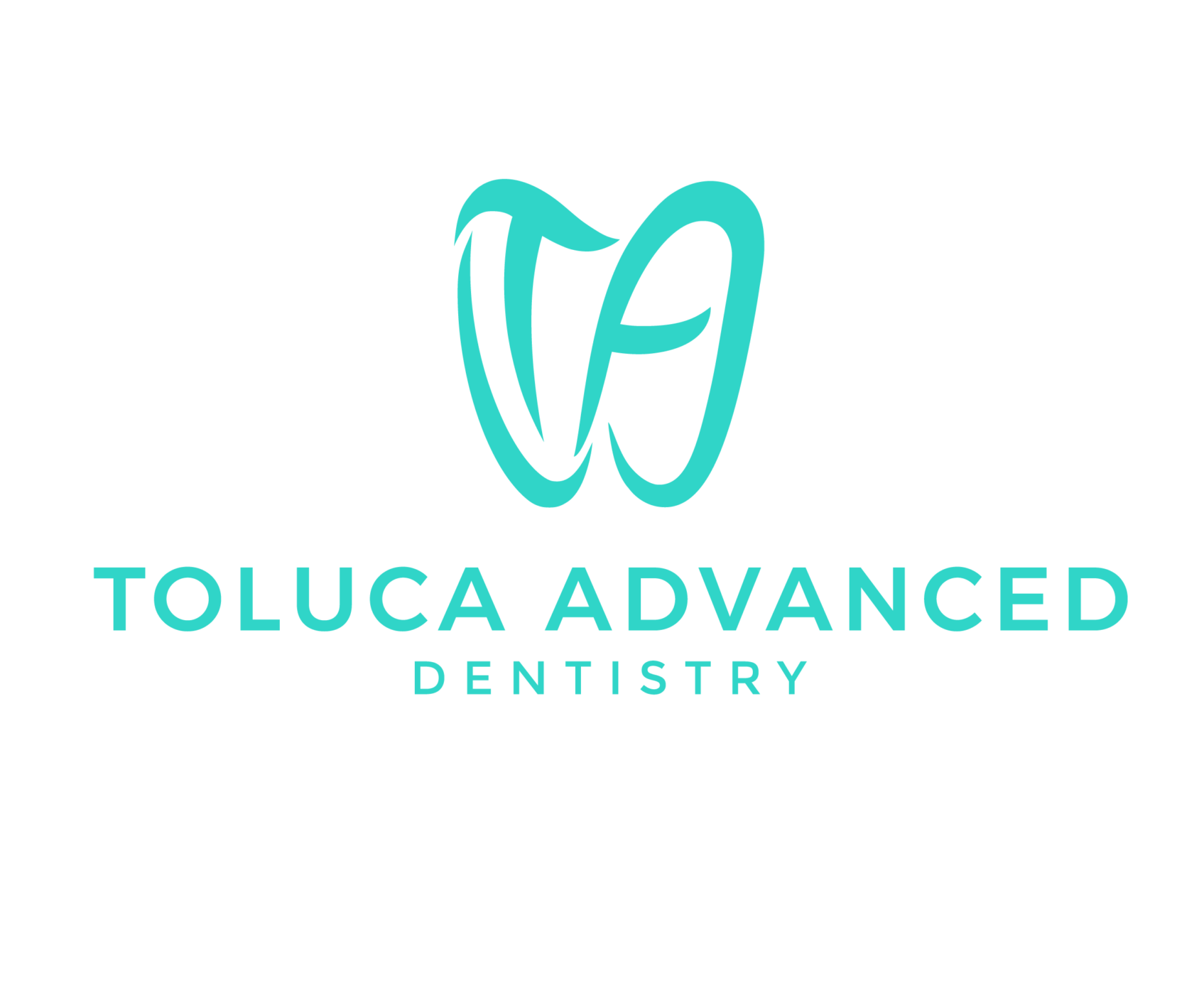Gummy Smile
When you smile, do you feel that the extra gum tissue overshadows the appearance of your upper teeth? Do you think that when you smile, your upper teeth look much shorter than the amount of gum tissue? If you answered yes to any of these questions, you may have a complication commonly called a gingival smile or the appearance of extra gingival tissue. The diagnosis of a gingival smile depends largely on the way you think, indicating that there is tremendous diversity in the dental and non-dental communities. When gingival exposure becomes a concern for a person, a restorative dentist should be able to diagnose the cause of the problem before considering treatment options to correct the gingival smile.
Dental professionals call a gingival smile “a display of extra gum tissue,” and the term gum is another word used for anything related to the gum tissue. Gum tissue covers your mouth like a liner and surrounds your teeth to hold them in place.
This problem can be due to genetic or habitual causes such as chronic mouth breathing or thumb sucking. The problem is not that the gingival tissue has grown too much, but more importantly that the upper jaw that holds the teeth and gingival tissue has grown too much downwards, but the following reasons usually cause this problem:
Short upper lip (if someone has a very short upper lip, it will not cover the upper gums and teeth).
A lip that moves too much.
Maximum verticality of the jaw (short ramus and excessive growth of the maxilla)
Excessive growth or height of front or anterior teeth (excessive overbite of teeth)
Tooth erosion and increase in compensatory crown length
Changes in the active process of tooth eruption (teeth do not come out of the bone)
Making a change in the inactive process of tooth eruption (gums not receding as the person matures)
If your lip length and muscle activity are normal and the gum tissue on the crown of your teeth is normal, the problem may be due to the position of your teeth or jaw. Sometimes, the jaws are in a normal position, but only the teeth are very long. On the other hand, the teeth may be the right length, but the entire maxilla is overgrown. If your teeth or jaws are only slightly longer, bracing your teeth alone (braces) or using temporary anchoring tools (TADs) with them may be enough to push long teeth in and push back the gum tissue attached to the underside of your teeth.
If the amount of extra gum tissue is more than two or three millimeters per tooth or upper jaw, moving the entire jaw upwards may be the only solution. On the other hand, if the lips and the amount of gingival tissue are found to be normal, it is very important that the teeth and jawbones only move. Finally, if your lips, the length of your teeth, and the size of your upper jaw are all normal, your gums themselves may be a little too long (gingival hypertrophy (overgrowth of gingival tissue) or teeth that are not fully grown). An orthodontist can diagnose this problem with the help of a tool called a periodontal probe. He or she can tell if your gum tissue is on your teeth and if it is really too long. If so, the treatment is to remove the extra gum tissue by having surgery. This is called gingival resection.
Orthodontic: This type of treatment puts pressure on the protruding teeth and aligns them to place them in the right place, thus eliminating the appearance of excess gum tissue. The type of gingival smile treatment depends on the severity of the problem. A mild to moderate gingival smile can often be treated with braces. We put braces on your teeth and apply an upward force on the front teeth. This force does not move the teeth into the gum tissue but instead causes the teeth and gums to move upward together, causing the jawbone to deform. This method reduces and eliminates gingival smiles without shortening the tooth. If the gingival smile is severe, we may recommend a combination of braces and jaw surgery. This type of treatment is a little more complicated than the traditional bracing method.
Gingival surgery (periodontal): The process of lengthening the crown of the tooth to move the gingival surfaces in the apical direction (the tip of the tongue) is usually done on short teeth. Natural changes in the process of tooth eruption can cause inconsistencies and inconsistencies in the fit of gingival tissues with teeth; This can cause the teeth to be shorter than normal and cause a gingival smile. The complication of a gingival smile, which is caused by excess gum tissue that obscures the crown of the teeth, can be corrected with a periodontal plastic surgery technique called extending the length of the crown. During this procedure, the extra gum tissue and the underlying bone are reshaped so that the length of the teeth is fully visible.
Oral or orthognathic surgery: In orthognathic surgery, the surgeon moves the maxilla toward the tip of the tongue to affect the maxilla. Treatment for this condition may include jaw surgery, in which the upper jaw is surgically moved upward to reduce the appearance of teeth and gum tissue when smiling. If the teeth are too low, they can sometimes be moved upward to reduce their protrusion.
Botox: Studies show that when Botox is injected into the muscles of the upper lip, it can be an effective method; however, this treatment is temporary and should be repeated every three to six months. Botox may be a good temporary solution for those who are not yet ready for the lower lip reduction procedure. Injecting Botox into the muscles responsible for excessive lip movement can reduce excessive lip lift and allow the upper lip to rest on the gum tissue.



